There is a real Malaysia theme to this third instalment of our anniversary series, with a lot of Korea and Japan thrown in as three more of our volunteers bring you their memories from the first 10 years of Badzine’s international badminton news coverage.
Photos: Badmintonphoto
It has been 10 years since Badzine went international and in this series of articles, our volunteers share with you their best memories of their experience writing, photographing, and interviewing to bring the world of badminton to the screens of our readers over the last decade. This week, Malaysia just happens to have contributed either the stories or the storytellers or both.
Don Hearn, Badzine Editor since 2007, Correspondent since 2006
I never imagined I’d be tricked into doing that at a press conference! I mean, I had only just met those people. How could they possibly know they’d found the one guy whom they could dupe in that particular way?
The Malaysia Open was the obvious choice when I finally got the chance to cover an international badminton tournament outside of Korea. I love the food and love the country that, 15 years earlier, became the first place I ever visited in Asia. Even before the thousands of fans began to fill that arena in the continent’s oldest badminton power, how could I not already love a tournament with a multilingual, badminton-literate press corps arriving in force for press conferences on qualifying day!
But that’s where I was marked. The ringleader was an award-winning veteran reporter whose name I had often read in print, most recently that morning in the pages of The Star. No sooner had her name transformed from nine august letters of a byline into an affable, smiling face, than she was politely telling me that as a first-time attendee at a Malaysia Open press conference, I had responsibilities. It seems every rookie is expected to regale the rest of the corps with a song. I chuckled, but searched the room to find only nodding heads and expectant faces.
I was told that a song in English or Korean would be fine. The longest-serving veterans in the room mentioned their fond memories of the chanson Québecoise with which my colleague Yves had delighted them on his first visit.
Considering that in my family, kids are taught to sing before they walk and talk, it is perhaps most surprising that it took a second urging. But sure enough, while we waited for Ko Sung Hyun and Ha Jung Eun to come and be interviewed about their first career win over a world #1, I finally agreed to take the floor and all assembled were treated to my rendition of Geu-ri-un Geumgangsan. As I was soaring up to what should have been a high G on the line ‘The day has come when we finally find it’, all the journalists’ faces changed at once and I looked over my shoulder to see two bewildered mixed doubles players.
Ko Sung Hyun – himself quite the baritone, as I would later learn in a more appropriate venue – seemed quite amused. I did, however, get the feeling that Ha Jung Eun was a little nervous – as I translated her responses for my colleagues – that I might suddenly start singing them, too.
Kira Rin, Badzine Correspondent since 2011
I started out life in the hot climate of Malaysia, and it was there I took my first steps in badminton. Being brought up in the badminton-mad culture, I started playing badminton during my P.E. classes in middle school, which gradually transitioned into training and studying at university.
Watching a player’s first steps
My first ever experience with an international badminton tournament came during the Ashaway North Shore International back in 2008. Back then I was just a high school student in New Zealand, watching players from as far away as Japan and India battle it out on the courts. During a break in playing, I had a chance meeting with the Japanese team and during our conversations, we both tried to put our language skills to use, with me practicing my high school Japanese while they too attempted to hold a conversation in English. I was awestruck by how young they were. Most of the team were around my age or younger and yet, at their age, were already playing in international tournaments.
During that tournament, I watched a shy Japanese girl, 2 years younger than me, beating some of New Zealand’s best and most experienced players, coasting into the finals where she had a hard fight with her compatriot and came away as runner-up. That same girl has since stood on many more podiums around the world, has an Olympic gold medal to her name, and stands at the world no. 1 spot. To this day, Misaki Matsutomo still stands as my inspiration to play, train and write about badminton.
Working with Badzine
My first ever article for Badzine was about the 2011 battle of the 4 Heavenly Kings (四天王, as Lin Dan, Lee Chong Wei, Peter Gade, and Taufik Hidayat were dubbed by the Chinese media). It happened purely by chance when I saw a Chinese online news article about the upcoming matches to open a new badminton hall in Dongguan. I was then tasked with covering the tournament, which I did with great attention to the match details.
Being based in New Zealand, the first tournament I covered on site wasn’t the annual New Zealand Open however, but the New Zealand International Masters Championships, where I had the honour of interviewing the legendary Ong Ewe Hock. Despite his having stood at the top of the badminton world, I was surprised by his down to earth personality and learnt the single greatest advice on badminton, “Most important is to enjoy playing and socializing with other players.”
Ooi Ee Lyn, Badzine Correspondent since 2006
I remember the day I received a message from Tarek, saying that Raphael liked my idea of doing translations of Chinese players’ blogs, and that they hoped I would join the team and post my translations on Badzine. I was told that I’d get to cover badminton matches live while reporting for Badzine so, being a badminton fan myself, of course I jumped at the offer! November 26th marks my 10th year with Badzine. Who would have thought that the adventure I started off on as a middle school student would last this long?
My first live reporting for Badzine happened at the Malaysia Open in 2008. The Malaysia Open has been my annual event with Badzine since, and I’ve only missed it once – in 2011, when I was doing my internship. I remember facing many troubles at the Malaysia Open in 2008, being a teenager in the mixed zone. I was accused of holding a fake media pass bearing an ID photo that wasn’t mine, and I was told to leave immediately. I have never seen another teenager in the mixed zone (apart from players) during my 10 years with Badzine, but I think it must have been weird having a ‘kid’ among all the professional journalists. Thankfully, Yves – who was also covering the tournament in the Bukit Jalil Putra Stadium – came to the rescue, telling the BWF that I’m with Badzine, and I was able to complete my first live assignment without much hassle after that.
One of my best memories with Badzine was the time I covered the 2010 Thomas and Uber Cups live. It was my first team event, and the atmosphere was so different from the other tournaments I’ve been to! As a supporter of the Korean badminton team, I was lucky enough to witness the Korean Uber Cup team winning the team championship for the first time in history. I remember joining the team in the mixed zone after every match on finals day, seeing how they tried to stay calm and not get too excited even when things were going in their favour. The moment Lee Kyung Won / Ha Jung Eun clinched the final point against Du Jing / Yu Yang, the Korean ladies and coaches were all on the court celebrating the historical win. After that, Lee Kyung Won was running around the stadium with the Korean national flag in her hands. As for myself, I was shedding tears of joy up in the media seats – among a group of heartbroken Chinese journalists.
Also at that team event in 2010 came the moment I grew to like the Japanese team. Hiroyuki Endo (partnered with Noriyasu Hirata at that time) initiated a conversation with Nova Widianto after their match in the semi-final which the Japanese pair had lost, confirming Indonesia a place in the final against China. Seeing an excited Endo trying to talk to Widianto about the moment they were tied at 20-all in the deciding game – with simple Japanese words and body language – makes me realise the beauty of sportsmanship, and how the Japanese men’s team were happy with their semi-final run. Making it into the semi-finals then was the best result for the Japanese men’s team back then. Two editions down the road, and they got their hands on the Thomas Cup in 2014. I have to admit that that one had me teary-eyed too!
The exposure I got from Badzine was also one of the main reasons I took up my fourth language, Korean. Firstly, I really wanted to speak to my favourite Korean team in their language, and also because there was no other Korean-speaking journalist in Malaysia who could interview the Korean players without an interpreter. Now four years since picking up the new language, I’ve managed to interview more than a handful of Korean players in Korean. It gives me a sense of accomplishment when players walk up to me in the mixed zone without me asking them for an interview. I feel recognised – although they might not intend it that way.
Writing, translating and interpreting for Badzine has brought me to places I never dreamt I’d reach. It has also allowed me to realise my passion for writing and working with languages and people of different nationalities. It’s been a pleasure and an honour to be part of Badzine. Thank you for the memories, experience, and for the relationships I’ve made through Badzine. I’m not sure if I’ll ever stick with another team for that long. Ten years and still counting!
![10-YEAR ANNIVERSARY SERIES – Tales from the mixed zones, Part III There is a real Malaysia theme to this third instalment of our anniversary series, with a lot of Korea and Japan thrown in as three more of our volunteers bring […]](http://www.badzine.net/wp-content/uploads/ngg_featured/Fans.Malaysia-12-DIV-YL-MalaysiaOpen2010_rotator.jpg)

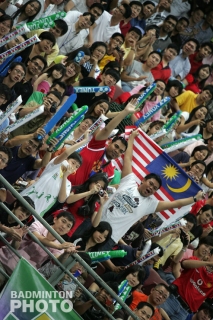
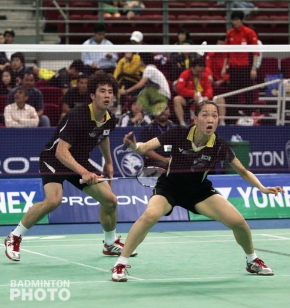
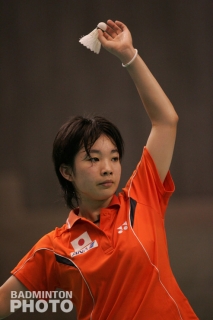
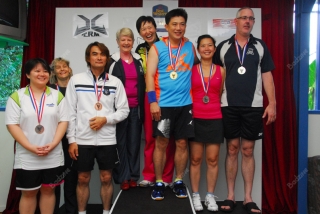
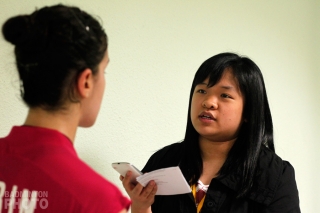
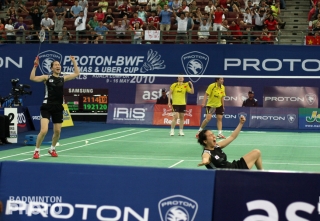
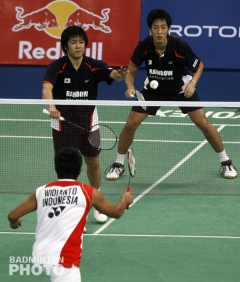

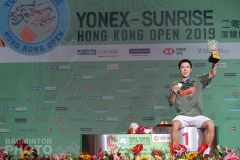
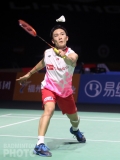
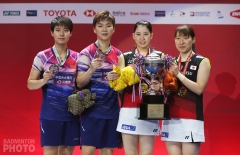
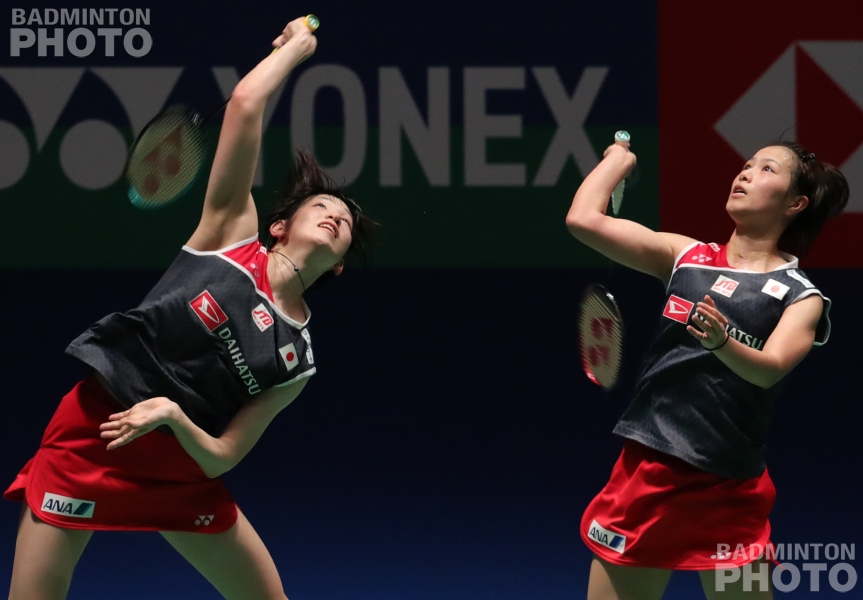
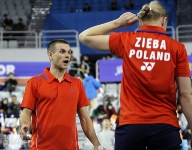
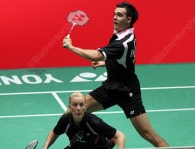
Leave a Reply